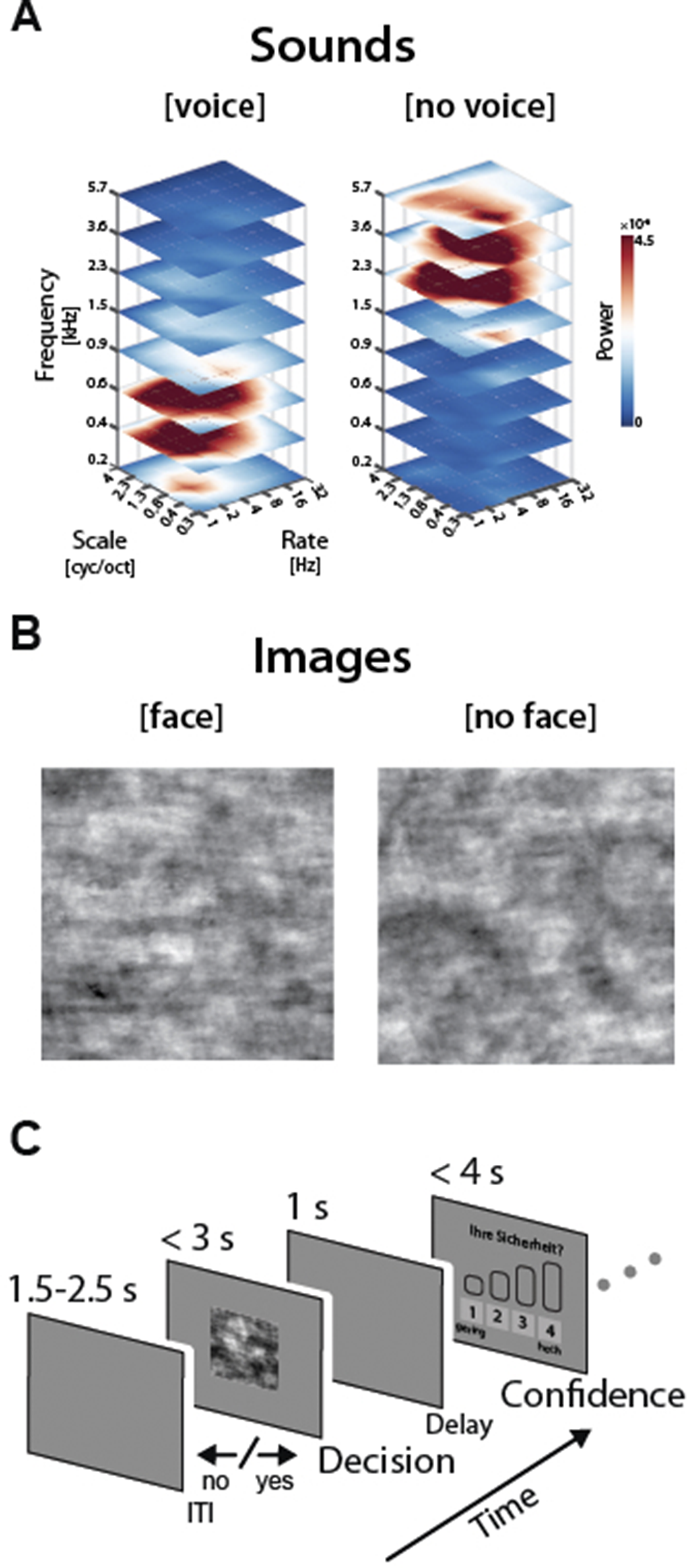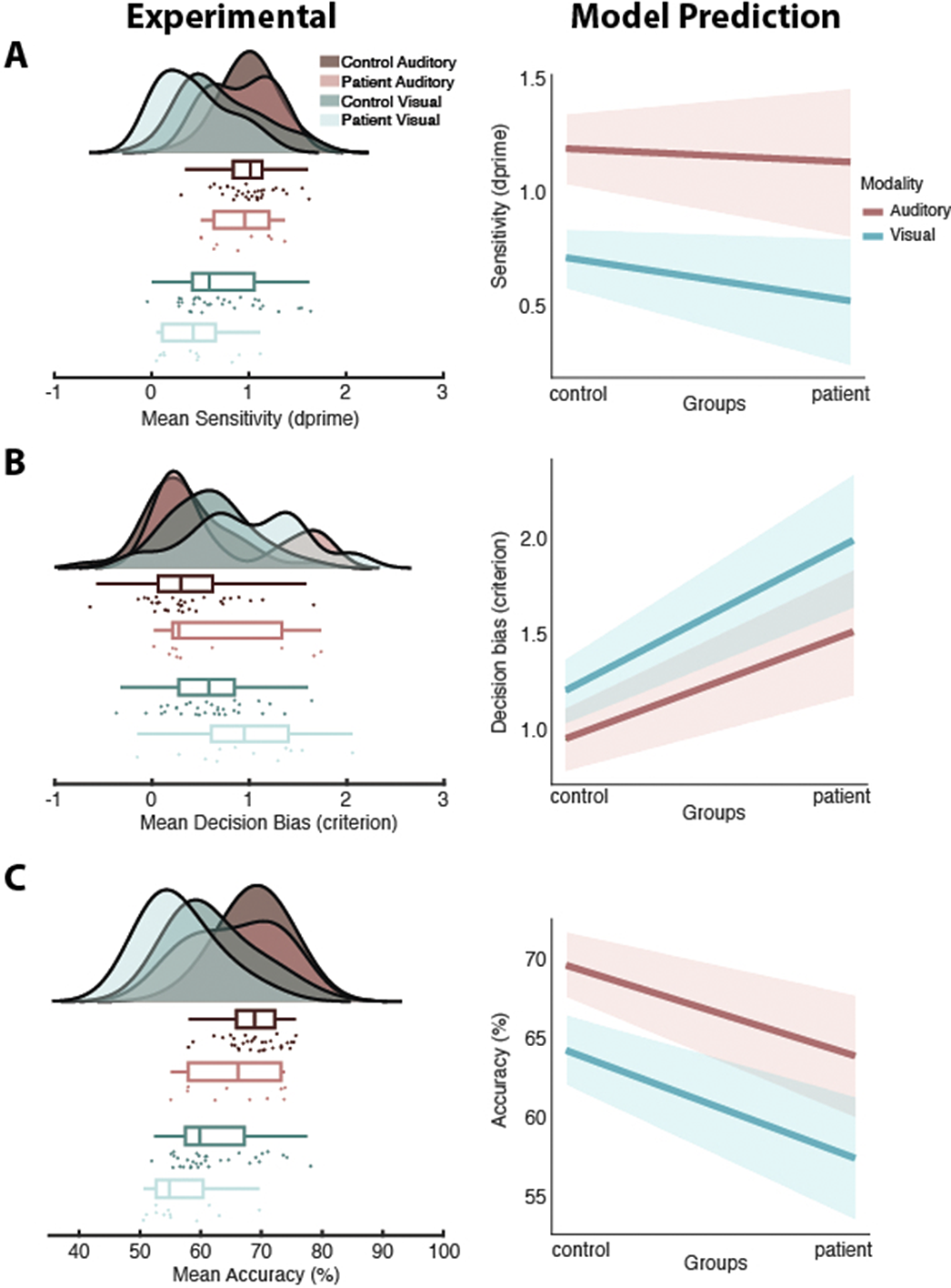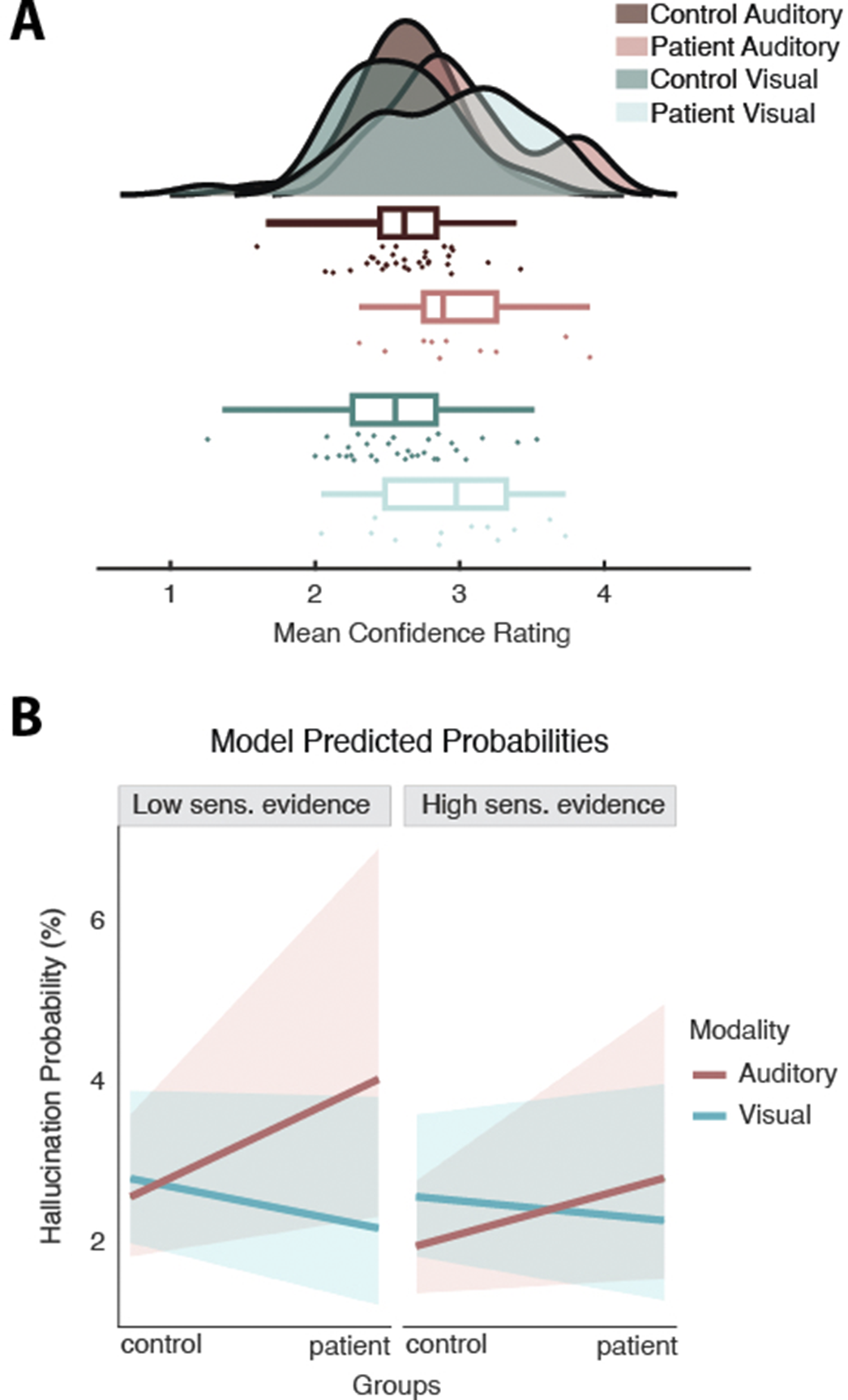133 results
Patients with psychotic disorders exhibit different audio-visual perceptual decision biases and metacognitive abilities
-
- Journal:
- European Psychiatry / Volume 66 / Issue S1 / March 2023
- Published online by Cambridge University Press:
- 19 July 2023, pp. S129-S130
-
- Article
-
- You have access
- Open access
- Export citation
Mega-analysis of association between obesity and cortical morphology in bipolar disorders: ENIGMA study in 2832 participants
-
- Journal:
- Psychological Medicine / Volume 53 / Issue 14 / October 2023
- Published online by Cambridge University Press:
- 27 February 2023, pp. 6743-6753
-
- Article
-
- You have access
- Open access
- HTML
- Export citation
The Hodge bundle, the universal 0-section, and the log Chow ring of the moduli space of curves
- Part of
-
- Journal:
- Compositio Mathematica / Volume 159 / Issue 2 / February 2023
- Published online by Cambridge University Press:
- 14 February 2023, pp. 306-354
- Print publication:
- February 2023
-
- Article
-
- You have access
- Open access
- HTML
- Export citation
Moving from opposition to taking ownership of open science to make discoveries that matter
-
- Journal:
- Industrial and Organizational Psychology / Volume 15 / Issue 4 / December 2022
- Published online by Cambridge University Press:
- 27 January 2023, pp. 529-532
-
- Article
-
- You have access
- Open access
- HTML
- Export citation
Part II - State and Nation Construction
-
- Book:
- A Concise History of Albania
- Published online:
- 18 October 2022
- Print publication:
- 29 September 2022, pp 143-377
-
- Chapter
- Export citation
Index
-
- Book:
- A Concise History of Albania
- Published online:
- 18 October 2022
- Print publication:
- 29 September 2022, pp 390-400
-
- Chapter
- Export citation
Contents
-
- Book:
- A Concise History of Albania
- Published online:
- 18 October 2022
- Print publication:
- 29 September 2022, pp v-vii
-
- Chapter
- Export citation
Preface
-
- Book:
- A Concise History of Albania
- Published online:
- 18 October 2022
- Print publication:
- 29 September 2022, pp xiii-xxiv
-
- Chapter
- Export citation
1 - The Space and Time of Albanian History
- from Part I - Between Regional Self-Will and Imperial Rule
-
- Book:
- A Concise History of Albania
- Published online:
- 18 October 2022
- Print publication:
- 29 September 2022, pp 3-22
-
- Chapter
- Export citation
Maps
-
- Book:
- A Concise History of Albania
- Published online:
- 18 October 2022
- Print publication:
- 29 September 2022, pp xi-xii
-
- Chapter
- Export citation

A Concise History of Albania
-
- Published online:
- 18 October 2022
- Print publication:
- 29 September 2022
5 - Arnavutluk to Albania: The Triumph of Albanianism, 1912–1924
- from Part II - State and Nation Construction
-
- Book:
- A Concise History of Albania
- Published online:
- 18 October 2022
- Print publication:
- 29 September 2022, pp 145-190
-
- Chapter
- Export citation
Copyright page
-
- Book:
- A Concise History of Albania
- Published online:
- 18 October 2022
- Print publication:
- 29 September 2022, pp iv-iv
-
- Chapter
- Export citation
7 - The Second World War and the Establishment of the Communist Regime, 1939–1944
- from Part II - State and Nation Construction
-
- Book:
- A Concise History of Albania
- Published online:
- 18 October 2022
- Print publication:
- 29 September 2022, pp 226-273
-
- Chapter
- Export citation
4 - Ottoman Arnavutluk in Crisis, 1800–1912
- from Part I - Between Regional Self-Will and Imperial Rule
-
- Book:
- A Concise History of Albania
- Published online:
- 18 October 2022
- Print publication:
- 29 September 2022, pp 99-142
-
- Chapter
- Export citation
Part I - Between Regional Self-Will and Imperial Rule
-
- Book:
- A Concise History of Albania
- Published online:
- 18 October 2022
- Print publication:
- 29 September 2022, pp 1-142
-
- Chapter
- Export citation
6 - Interwar Albania: The Rise of Authoritarianism, 1925–1939
- from Part II - State and Nation Construction
-
- Book:
- A Concise History of Albania
- Published online:
- 18 October 2022
- Print publication:
- 29 September 2022, pp 191-225
-
- Chapter
- Export citation
2 - The Albanians in the Middle Ages, 500–1500
- from Part I - Between Regional Self-Will and Imperial Rule
-
- Book:
- A Concise History of Albania
- Published online:
- 18 October 2022
- Print publication:
- 29 September 2022, pp 23-56
-
- Chapter
- Export citation
3 - The Albanians under Ottoman Rule: The Classic Period of Arnavutluk, 1500–1800
- from Part I - Between Regional Self-Will and Imperial Rule
-
- Book:
- A Concise History of Albania
- Published online:
- 18 October 2022
- Print publication:
- 29 September 2022, pp 57-98
-
- Chapter
- Export citation
Suggestions for Further Reading (literature in non-Balkan languages)
-
- Book:
- A Concise History of Albania
- Published online:
- 18 October 2022
- Print publication:
- 29 September 2022, pp 382-389
-
- Chapter
- Export citation










